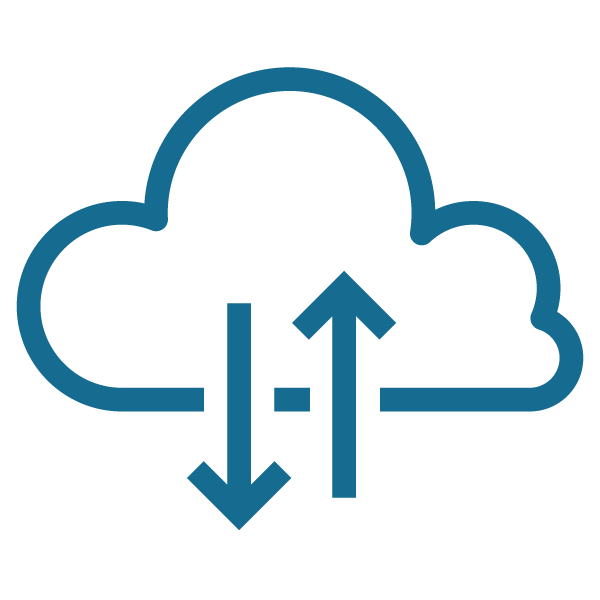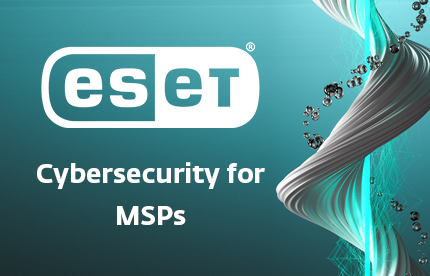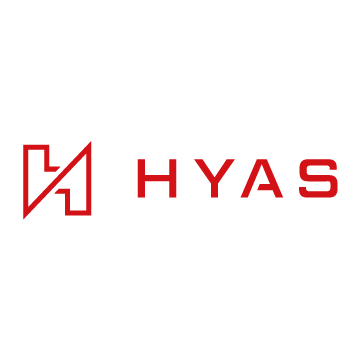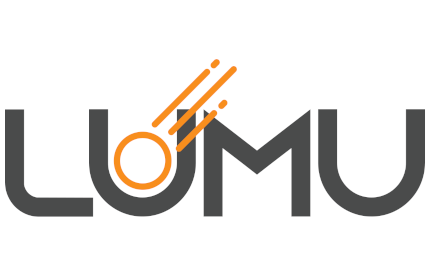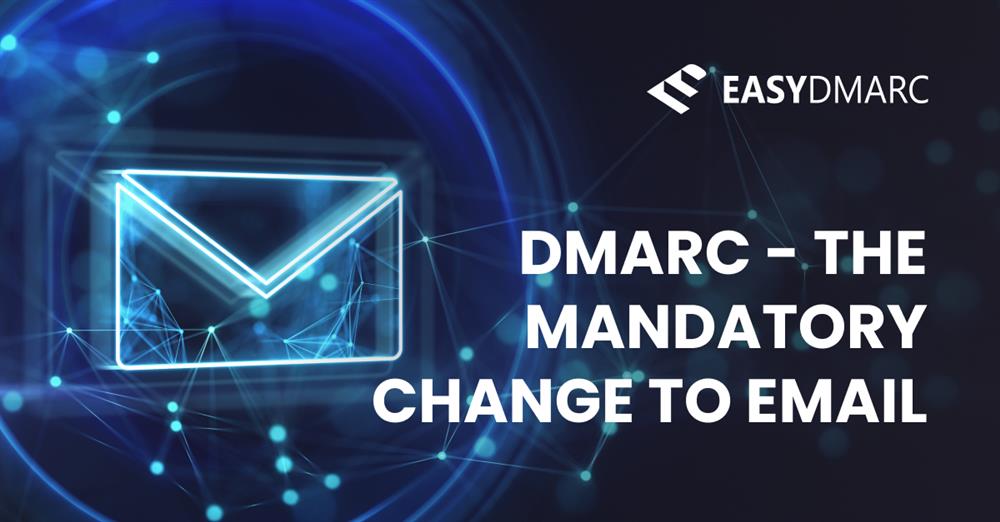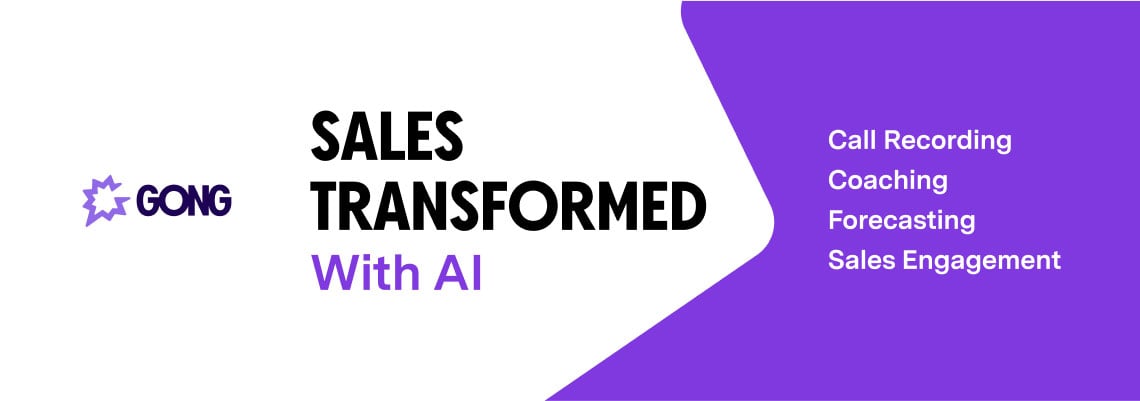Every now and then a technology comes along that threatens massive disruption but quickly becomes an everyday event. It happened with Multi-factor Authentication. Initially perceived as a confusing inconvenience when it first became widespread, the technology improved and its use is now appreciated as a means of adding just that extra level of account security.
Now DMARC (Domain-based Message Authentication Reporting and Conformance) has come along. DMARC is poised to revolutionize email communication. It may not have the same high profile as MFA but with recent moves by Google and Yahoo making DMARC mandatory, its impact in the background will affect everybody.

And now, with our ConnectWise PSA™ certified integration , introducing EasyDMARC, an MSP-centric DMARC vendor, the path to enhanced email security and deliverability is clearer than ever.
What is DMARC?
It’s an email protocol. It works with existing protocols providing options and actions to emails not meeting SPF or DKIM criteria. It can allow emails to land in the inbox, go to quarantine (spam), or be rejected.
In short, DMARC provides protection from Spoofing and Phishing attacks while improving the deliverability of legitimate email communications - both transactional and marketing.
Mandatory DMARC - Why now?
In 2022, Google introduced DMARC as an option for email sending. The hope was that the additional level of email protection provided would drive its rapid adoption.
The reality was that implementation was lengthy and complex, with even Enterprise companies with multiple sender domains finding it a difficult project to complete.
For SMBs, DMARC was usually beyond their reach, even if their IT provider was the most tech-savvy of MSPs.
Two changes have happened since 2022. First, due to email security and deliverability platforms, such as EasyDMARC, the process of adding DMARC to a user domain has been simplified, making it accessible for MSPs and affordable for businesses of all sizes.
The other change is that in February 2024, Google, Yahoo, and other leading ISPs will make DMARC mandatory for sender email domains.
Without it, senders are likely to notice a significant dropoff in their emails landing in the targeted recipients' email box. Bad for immediate business and potentially an ISP blacklisting over time.
The MSP Opportunity
Within our MSP community, we have noted several different approaches to DMARC provision. Here, we outline two of the most popular ways.

Providing DMARC to an Existing Client
While some of our MSPs add DMARC as a project line item, the price point offered by EasyDMARC per domain has encouraged others to absorb the monthly cost.
The advantages of doing this are twofold. First, it allows them to enhance their existing cybersecurity service. Secondly, it also protects their own interests as the risk to their own revenue derived from their client’s account is minimized.
DMARC- A Lead Generation Tool
Some of our other partners have used DMARC as a way to open doors for further opportunities.
Directing potential clients’ towards the EasyDMARC domain scanner shows the current status of their domain.
Any records showing up as red or yellow is an invitation to open the conversation, conveniently illustrating immediate action to take to avoid any fraudulent activity.
Having uncovered this vulnerability, our partners find themselves in pole position to provide additional services, increasing their recurring revenue.
A customizable version of the domain scanner is now available for our partners to embed within their own websites.
Simplifying MSP Operations with EasyDMARC and ConnectWise Integration
The integration between EasyDMARC and ConnectWise introduces a simplified approach for MSPs to manage their operations. Through streamlined authentication, product mapping, customer mapping, and alerting to ticketing processes, this integration offers a straightforward solution for MSP management.
With EasyDMARC and ConnectWise integrated, MSPs can focus on delivering high-quality services to their clients, free from the complexities of email security management.
What Happens Next?
Now is the perfect time to start informing your clients about the steps you will be taking to guarantee the continuation of their email deliverability.














